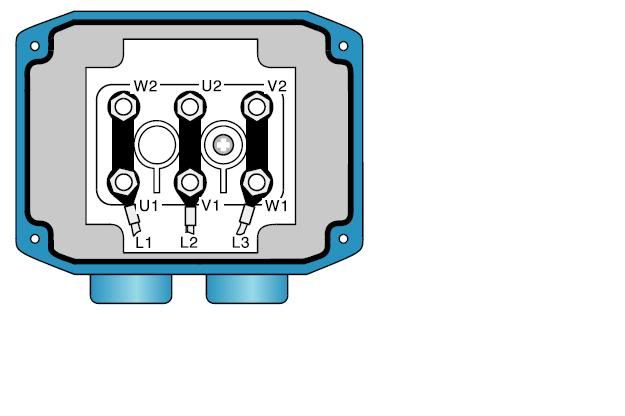Could someone help me with what the name plates actually mean on a motor.
The one I'm most familiar with is:
Star: 380-415V, 0.71A, 0.25kW
As all the motors I've seen are 3 phase and are wired in star. Like this, pretty standard I assume:

But, the names plates also have a single phase spec, like:
Delta: 220-240V, 1.23A, 025kW
So it would be wired like:

But, why is is 220-240V? As you still have 3 phases going to the motor.
I must be missing something totally obvious here, but please could someone explain?
Thanks a lot
The one I'm most familiar with is:
Star: 380-415V, 0.71A, 0.25kW
As all the motors I've seen are 3 phase and are wired in star. Like this, pretty standard I assume:

But, the names plates also have a single phase spec, like:
Delta: 220-240V, 1.23A, 025kW
So it would be wired like:

But, why is is 220-240V? As you still have 3 phases going to the motor.
I must be missing something totally obvious here, but please could someone explain?
Thanks a lot


